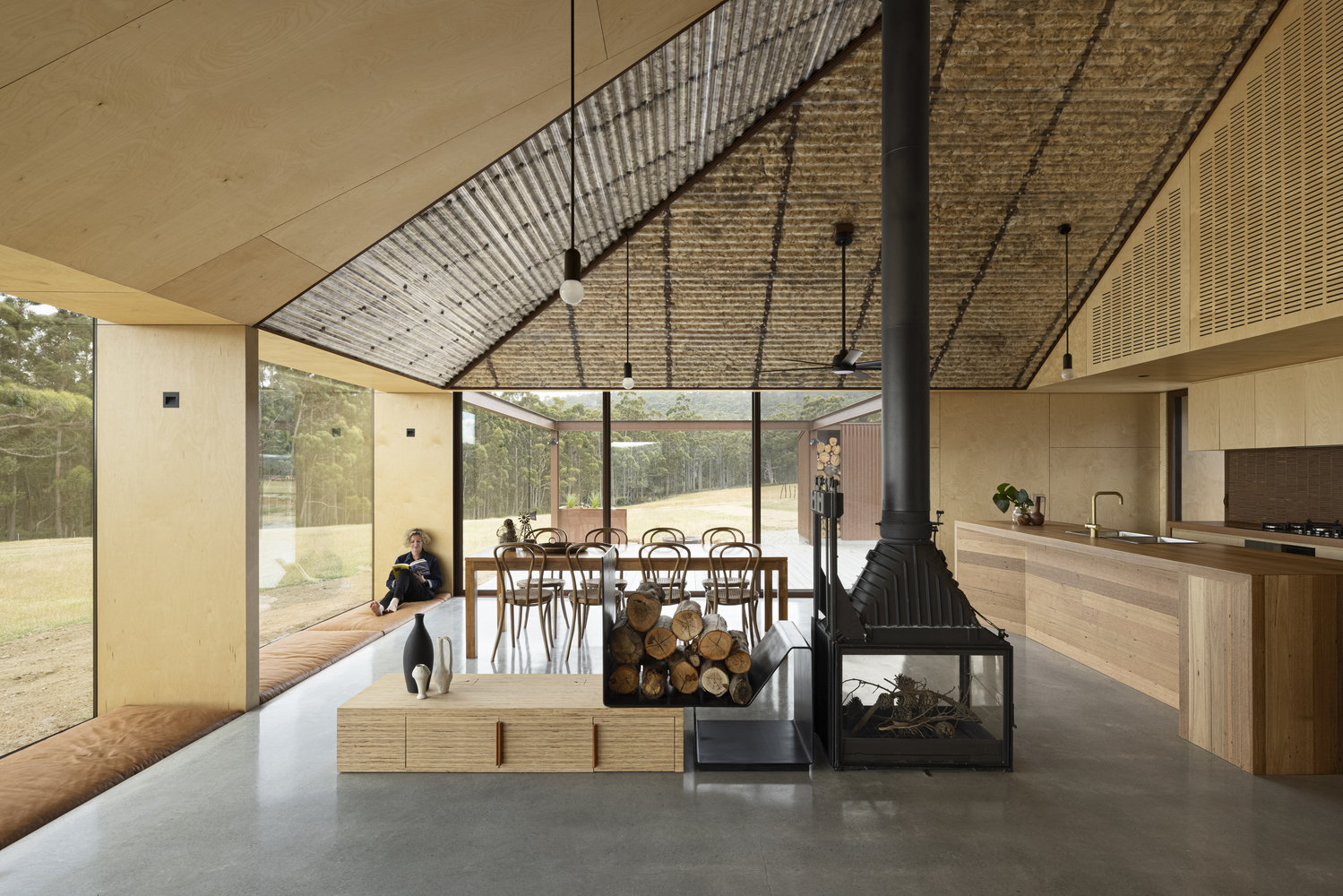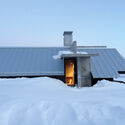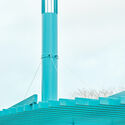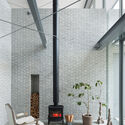 Coopworth House / FMD Architects. Image © Dianna Snape
Coopworth House / FMD Architects. Image © Dianna Snape
Share
Or
https://www.archdaily.com/1032934/designing-with-smoke-the-chimney-as-architectural-and-environmental-instrument
Chimneys are among the most quietly persistent elements in architectural history. Yet their presence persists in nearly every cultural and climatic context, serving as a technical feature and a spatial, atmospheric, and symbolic device. It populates dense city skylines and anchors rural horizons alike, its vertical silhouette as ordinary as a window or a doorframe. This apparent ordinariness is deceptive. The chimney is one of the few architectural components that links the intimate scale of interior life with the expansive forces of the environment. For architects and designers, the necessity of the chimney presents a choice: to let it recede quietly into the building’s functional fabric or to amplify it as a central, expressive element that shapes a project’s identity.
The form, function, placement, and materiality of a chimney should emerge from the specific environmental conditions in which it operates. Wind patterns, seasonal temperature ranges, humidity levels, and the availability of local materials all shape how a chimney performs, because it is not a universal typology that can be applied unchanged across settings. A chimney that works efficiently in an arid climate may fail in a humid or alpine region, where different draft conditions, insulation needs, and construction techniques come into play. In this sense, the chimney becomes a distilled expression of climate-responsive design, carrying within its proportions and details the story of a place and its relationship to heat, smoke, and air.






